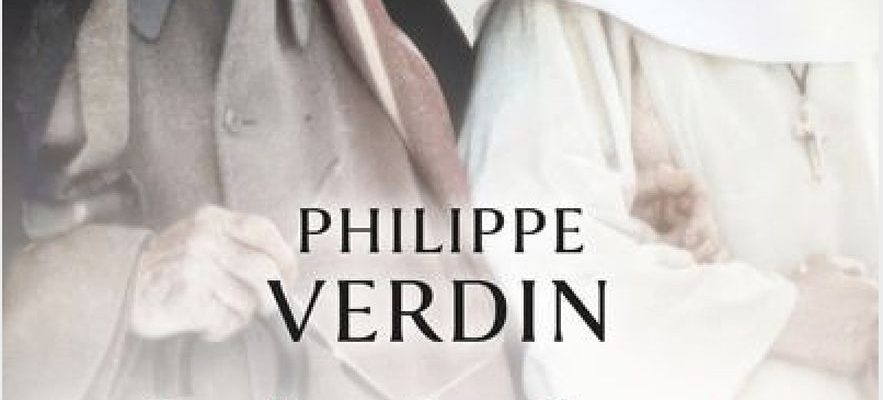We know the story in broad terms. In 1942, Henri Matisse, 72 years old, fell in love, platonically, with his nurse: Monique Bourgeois, 22 years old, a student nurse in Nice. She responded to the ad of the painter, suffering from serious digestive problems, who is looking for help at home. Playful, teasing, she conquers. She has faith anchored to her body, it is attached to earthly pleasures. No matter, their sensibilities meet. Monique is laughing innocence, he is an aging master captivated by so much freshness. Except that Monique will take the veil under the surname of Sister Jacques-Marie. To the great dismay of Matisse! During this unusual relationship, she posed for four paintings, was the inspiration for the cut-out gouaches and, above all, for the Vence rosary chapel, described by the artist as a “masterpiece of her life.” “.
Today, an in-depth look at this improbable “flower” appears at Editions du Cerf, from the pen of Dominican brother Philippe Verdin, author of a dozen novels, biographies and essays. “It’s a kind of flirtation, I’d like to write fleurt, because it’s like we’re throwing flowers in each other’s faces […] Nothing defends this tenderness which goes without words and which overflows with words”, wrote Henri Matisse to his friend André Rouveyre in 1947. When he asked her to pose, the future nun, stunned, complied. She did well, the paintings – The idol, Monique in a gray dress, Green and orange dress And Royal tobacco – are interesting. So, the last represents her in a white dress, seated on a chair, while in the center the table supports a vase, the inscription of which gave its title to the work, and on the right a mandolin rests on an armchair. If Matisse uses compositional elements already present in previous interiors, here he shows greater chromatic freedom and synthesis of forms. The omnipresent Lydia Délectorskaya, faithful collaborator of the “Boss”, who, jealous of her rights, nevertheless took the young girl under her wing, will affirm that Monique, “more than any other model, will have renewed the painter’s determination to risk in unknown territories.
At the urging of the nun who took the habit in 1944, Matisse embarked on his project for a monumental work. At the Foyer Lacordaire in Vence, where, due to lack of dedicated space, the nuns celebrate mass in a garage, Sister Jacques-Marie dreams of a new place of worship and draws a colorful stained glass window which she submits to the painter, enthusiastic about this naive scribble. Thus was born the adventure of the rosary chapel of Vence, for which the little Dominican faced obstacles: within the Church, we do not look favorably on the incursion of a free thinker into a sacred edification , and in the artist’s entourage, many, led by Picasso, criticize this rallying to the priests.
The sister stands firm and assists the Patron in each stage of his work, of which he designs everything: stained glass windows, frescoes, chasubles, candlesticks, confessional, font, tabernacle… She believes in the conversion of those who, “despite their way of living, has a Christian background. He whose pictorial credo alone sums up light and color responds in his own way: “I don’t know if I have faith or not. The main thing is to work in a state of mind close to prayer. I believe when I work.” Matisse died in the fall of 1954, three years after the consecration of his chapel-testament. His last muse died a little over fifty later.
“The last flower of Henri Matisse”, by Philippe Verdin. Editions du Cerf, 224 p., €17.
/ © Editions du Cerf
